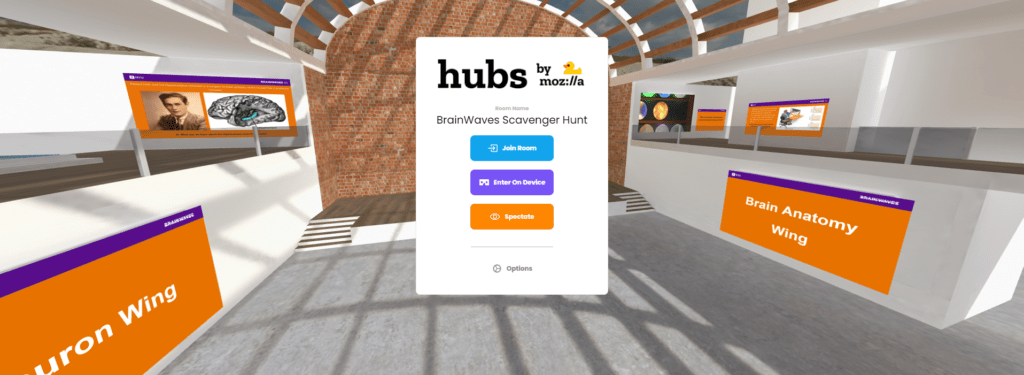![]()
| ← Part 2 | Home → |
Part 3: How does our brain allow us to learn and remember?
Instructions to teachers:
Some lesson plans contain links to Google Forms. In order to collect responses from your students, please make your own copy of the Google Form before sharing it with your students.
Lesson 1: Engage – What do you already know about how we learn and remember?
As a pre-assessment, students will brainstorm different ways they can learn a new skill or fact and how it can be placed in memory. Students will be given a set period of time to remember and recall as many neuroscience terms as possible. Additionally, students will go through the final neuromyths, and they will collectively make a neuroscience Kahoot.
Lesson 2: Explore – How do we learn and remember?
Students will undergo the recency/primacy and mirror tracing tasks to learn about neuroplasticity. While at each of these stations, students will be actively collecting data for later analysis. Once complete, students should use Excel to analyze the data with the possible finding that students’ performance on the prior tasks improves over time. By the end, students should articulate different strategies and how they are affected by time and practice.
These activities are complemented with a series of asynchronous Memory Lessons.
Lesson 3: Explain / Elaborate – How does neuroplasticity affect our brain?
Students will investigate the underlying mechanisms that allow neuroplasticity to occur. Students will also explore different case studies exemplifying the ability for the brain to reorganize itself based on different activities (e.g. taxicab drivers). Students will learn and identify the different components of the scientific method in articles on the different case studies. By the end, students should recognize the significance of neuroplasticity and how it applies to their own learning.
Lesson 4: BrainWaves Neuro Scavenger Hunt
Students will explore a 3-Dimensional museum that includes an overview of the 3 units that have been covered so far.
